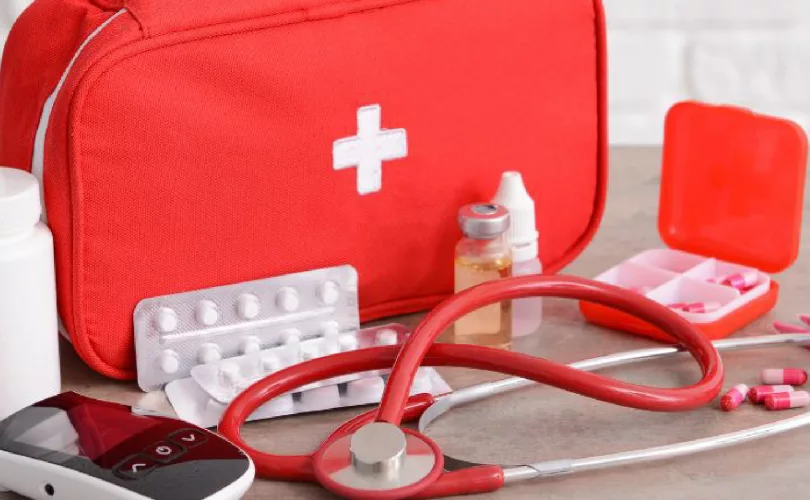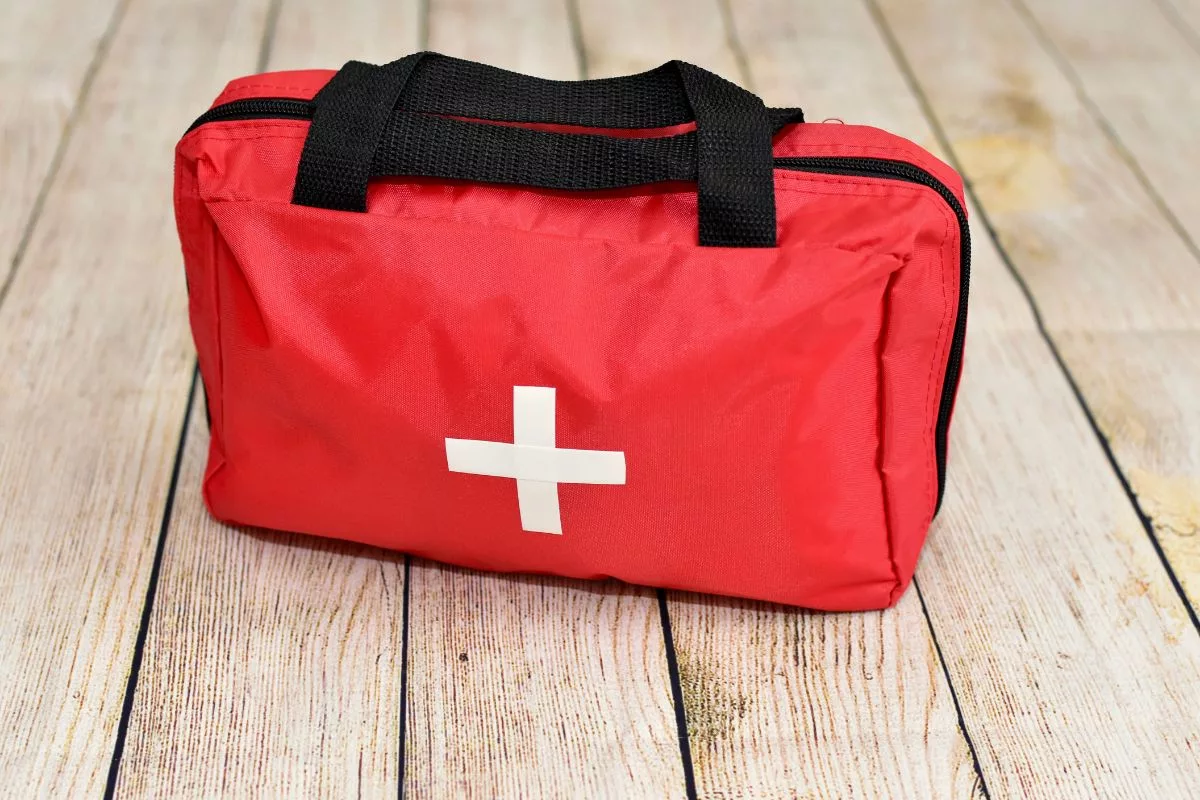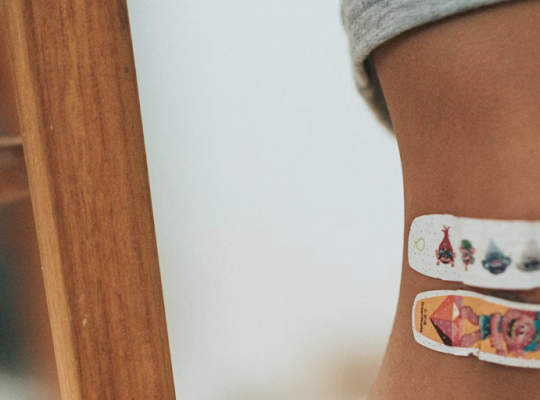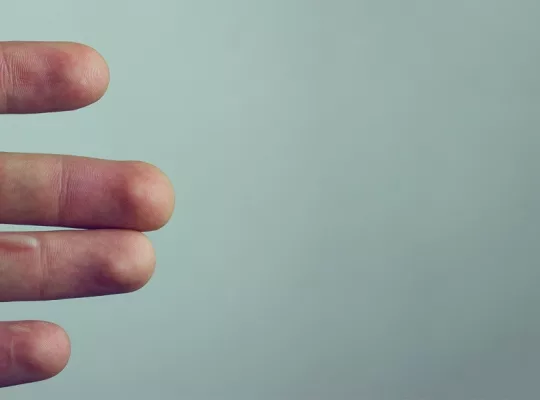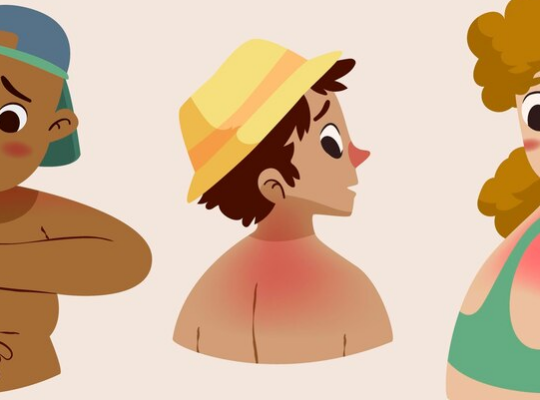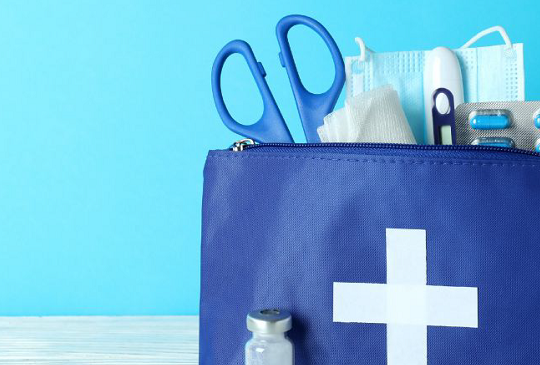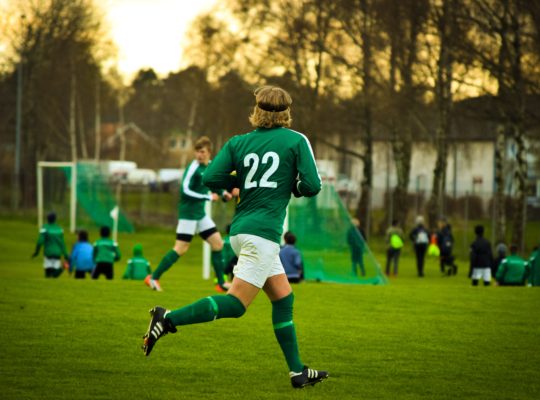A first aid kit is designed to be an all-in-one medical resource that you can rely on whenever there’s been an accident or emergency, and this means that it needs to contain all the tools and remedies necessary to heal a person, no matter what their specific injury is.
Burn injuries are extremely common in the US.
In fact, nearly 450,000 individuals suffer from them each year and require medical aid, which is why first aid kits should always contain more than a few resources which can help to ease the pain and heal the burn wound on the skin.
If you’re someone currently in the process of moving around some of the contents of your first aid kit and are curious to know which tools should always be kept close by for burn injuries, keep reading as we run through each one and how they should be used.
What Kind Of Burns Can You Treat With A First Aid Kit?
First aid kits can treat both minor and most major burns as long as you have the right equipment.
A minor burn will cause damage to the outer and underlying layer of skin and will usually cause swelling and mild pain.
Major burns on the other hand are much more serious and are more likely to lead to an infection if it is not treated with immediate medical assistance.
There are 3 different levels of a major burn that can be identified apart from one another if you look closely at the injury, these 3 levels are:
- First-degree burns – A burn that only affects the outer layer of the skin and causes pain, redness, and swelling.
- Second-degree burns – Burns both the inner and outer layer of the skin. The skin will be painful to touch, and the burn will usually be white or discolored in an irregular pattern with blisters.
- Third-degree burns – When the skin becomes dry and leathery and takes on a black, white, brown, or yellow color. There will usually be a lack of pain because the nerve endings have already been destroyed. These types of burns go through the dermis and affect the deeper tissues.
Keep in mind that you should always call 911 if someone you know has suffered from a third-degree burn.
While a hunting first aid kit will be able to ease the pain for a while, a doctor will be required to immediately stop the spread of infection and to help ease the person out of a state of shock.
What First Aid Contents Are Used For Burns?
Now that you know the types of burns that the first aid kit can help with, let’s take a deeper look at the tools and resources that you should consider putting in your own designed first aid kit if you’re ever in an environment where an accident involving fire or heat could happen.
Burn Dressings
The burn dressing is the most important piece of equipment when it comes to healing a burn because it is usually the first remedy that will be applied to the skin before anything else.
These dressings are saturated with sterile hydrogel which helps to soothe the pain coming from the wound while also protecting the area of the skin from becoming infected, making it important for both minor and major burn injuries.
They will often come in a wide array of different sizes, however, the bigger ones which can be more than 10 inches wide in some cases are designed to be used on the torso and over the limbs.
Conforming Bandage
Once the dressing has been applied, you will then need to cover it with a conforming lightweight bandage to hold it in place while it heals the wound.
These bandages are designed to be high-stretch and are usually made from a breathable and absorbent fabric material in order to stop the bleeding so that the wound can heal faster.
When buying these bandages, you will usually find that they come in multiple rolls which are all very big, usually stretching a few yards long overall, so they can easily be applied to any area of the body with ease.
Burn Blot Sachets
When a burn blot is applied to a burn on the skin, it will form a protective barrier to prevent the burn from progressing any further into the healthy tissue, while also cooling off the pain in the process.
The blot is able to achieve this thanks to its high water content which keeps the gel itself cool so that it can absorb and dissipate the heat coming from the wound.
It is most commonly used for minor burns and scalds where you can immediately apply some of the gel to the skin in order to relieve the person of any pain.
Nitrile Gloves
It can be extremely difficult to tell if a minor burn has become infected since the skin surrounding the wound will usually be red either way, so to be on the safe side, it’s always worth using a pair of rubber nitrile gloves to prevent any cross contamination in the case that there is an infection.
These types of gloves are specifically designed to be thicker, stronger, and more wear-resistant than most standard vinyl gloves.
They also tend to be a lot tighter than traditional gloves, making it much easier to carefully apply any dressings, gels, and bandages with precision to ensure you don’t make any mistakes.
Blunt-Ended Scissors
If someone has experienced a burn through their clothes, then in some cases you may need to use a pair of stainless steel scissors to cut through the thick material so that you can get directly to the wound.
Lifting up clothing over a burn can aggravate the wound by rubbing against it, so it’s always a much better option to simply cut the clothes apart so that you don’t end up causing any more damage or pain.
Blunt-ended scissors will also be needed to carefully remove any bandages in a safe manner once the burn has died down and completely healed.
When Should You Remove The Bandages From A Burn?
Once the burn dressing has been applied and the bandages are in place, you should assess the wound every 24 hours.
However, keep in mind that in most cases, minor and some major burns will need to be covered for at least a few days before the bandages can be fully removed.
Make sure that you also change the burn dressing every 48 hours since the original dressing will become ineffective by that point.
You can tell if a burn wound has been completely healed because the skin will look dry.
The red tissue should also start transitioning into a light pink color, and the area will be a lot easier to touch without it hurting anywhere near as much as before.
Summary
Always remember that burn wounds are one of the most common types of accidents that can occur at any time either at home or in the workplace, which is why you should always pack your first aid kit with the tools listed above so that you can be fully prepared for if that time ever comes.

